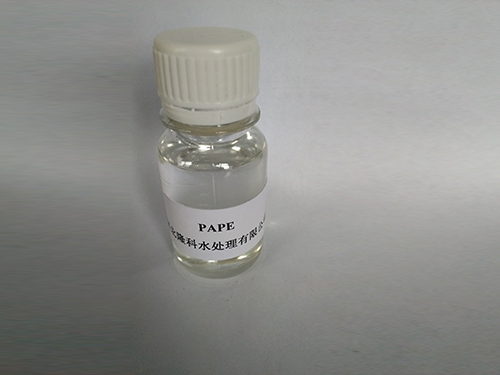Exploring the Applications and Benefits of Diethylenetriamine Penta in Modern Chemistry
Diethylenetriamine Pentaacetic Acid An Overview
Diethylenetriamine pentaacetic acid (DTPA) is a chelating agent that plays a crucial role in various fields, including chemistry, medicine, and environmental science. The compound is a derivative of ethylenediamine and is known for its ability to bind metal ions, making it an invaluable tool in a variety of applications. This article explores the properties, uses, and significance of DTPA.
Chemical Structure and Properties
DTPA is characterized by its unique chemical structure, which contains five acetic acid groups attached to a central diethylenetriamine backbone. This configuration allows DTPA to effectively coordinate with metal ions, forming stable complexes. The ability of DTPA to solubilize metals is primarily attributed to the carboxylate groups present in its structure, which can bind to divalent and trivalent metal ions such as lead, mercury, uranium, and iron.
One of DTPA's notable features is its stability in various pH conditions, which enhances its applicability in different environments. The compound is soluble in water, making it ideal for formulations that require a liquid medium. Additionally, DTPA exhibits low toxicity, which is essential for its use in biological systems and environmental applications.
Applications in Medicine
In the medical field, DTPA serves as a radiopharmaceutical agent in nuclear medicine. It is employed in the chelation therapy of heavy metal poisoning and in medical imaging. For instance, DTPA is used to remove excess metals such as lead or plutonium from the body, aiding in detoxification processes. This chelation therapy is particularly important in treating individuals exposed to toxic metals, as it enhances the excretion of harmful substances through urine.
diethylenetriamine penta

Furthermore, DTPA is used in diagnostics, specifically in the imaging of organs functioning through the use of radioactive isotopes. Its ability to form stable complexes with radionuclides allows for effective tracking and visualization of physiological processes in medical scans, such as in kidney function tests. The use of DTPA in these applications showcases its versatility and importance in enhancing patient care and diagnosis.
Environmental Applications
The environmental implications of DTPA are equally significant. As an agent for removing heavy metals from contaminated soils and water, DTPA is utilized in the process of soil remediation and water treatment. Industrial discharges often lead to the accumulation of toxic heavy metals in the environment, posing risks to ecosystems and human health. By utilizing DTPA, contaminated sites can be treated more effectively, facilitating the recovery of natural habitats and improving water quality.
DTPA can also enhance the mobilization of metals in soil, leading to the leaching of these metals into the groundwater or surface water. While this can be advantageous for remediation efforts, it requires careful management to avoid further environmental degradation. The duality of DTPA’s properties means that while it can effectively bind and remove metals, it also demands responsible use to mitigate potential negative impacts.
Conclusion
In summary, diethylenetriamine pentaacetic acid (DTPA) is a multifaceted compound with a wide range of applications across various disciplines. Its ability to form stable complexes with metal ions makes it invaluable in medical treatments and diagnostics, particularly in the context of chelation therapy and radiopharmaceuticals. Moreover, its role in environmental remediation highlights the compound's significance in addressing contamination issues.
As research continues to expand the understanding and application of DTPA, its potential benefits in health and environmental protection become increasingly apparent. With ongoing advancements in chemistry and environmental science, DTPA is likely to remain an essential tool in combating metal toxicity and enhancing medical diagnostics, paving the way for safer and healthier living environments.
-
LK-319 Special Scale And Corrosion Inhibitor For Steel Plants: Advanced Solutions for Industrial Water SystemsNewsAug.22,2025
-
Flocculant Water Treatment: Essential Chemical Solutions for Purification ProcessesNewsAug.22,2025
-
Isothiazolinones: Versatile Microbial Control Agents for Industrial and Consumer ApplicationsNewsAug.22,2025
-
Scale Inhibitor: Key Solutions for Water System Scale PreventionNewsAug.22,2025
-
Organophosphonates: Versatile Scale Inhibitors for Industrial Water SystemsNewsAug.22,2025
-
Scale and Corrosion Inhibitor: Essential Chemical Solutions for Water System MaintenanceNewsAug.22,2025





